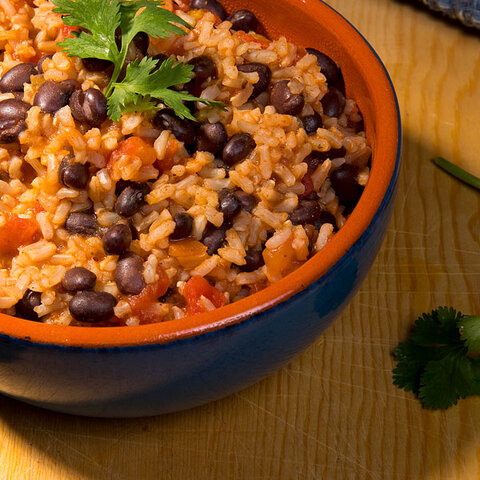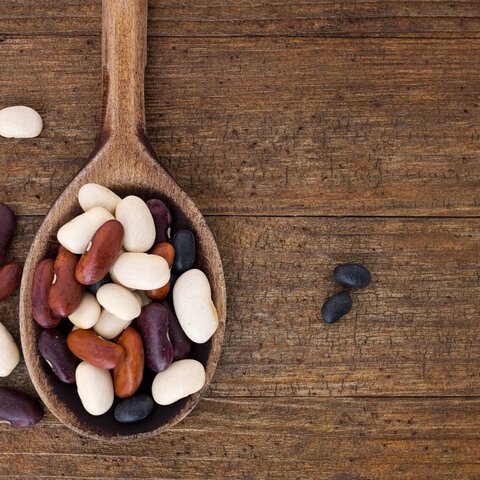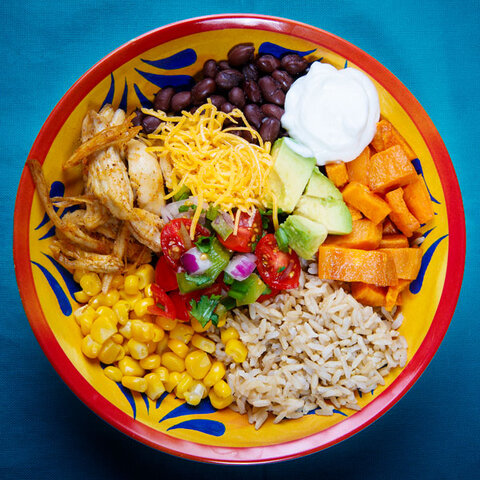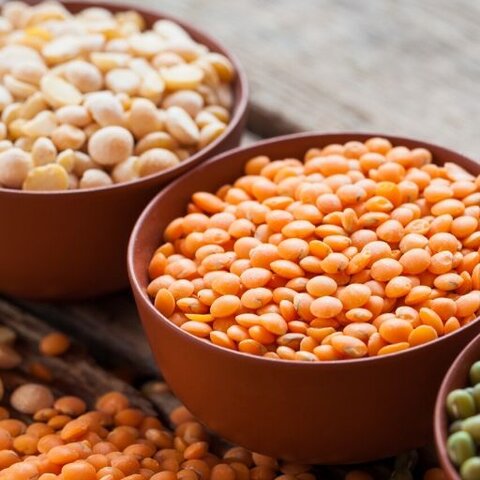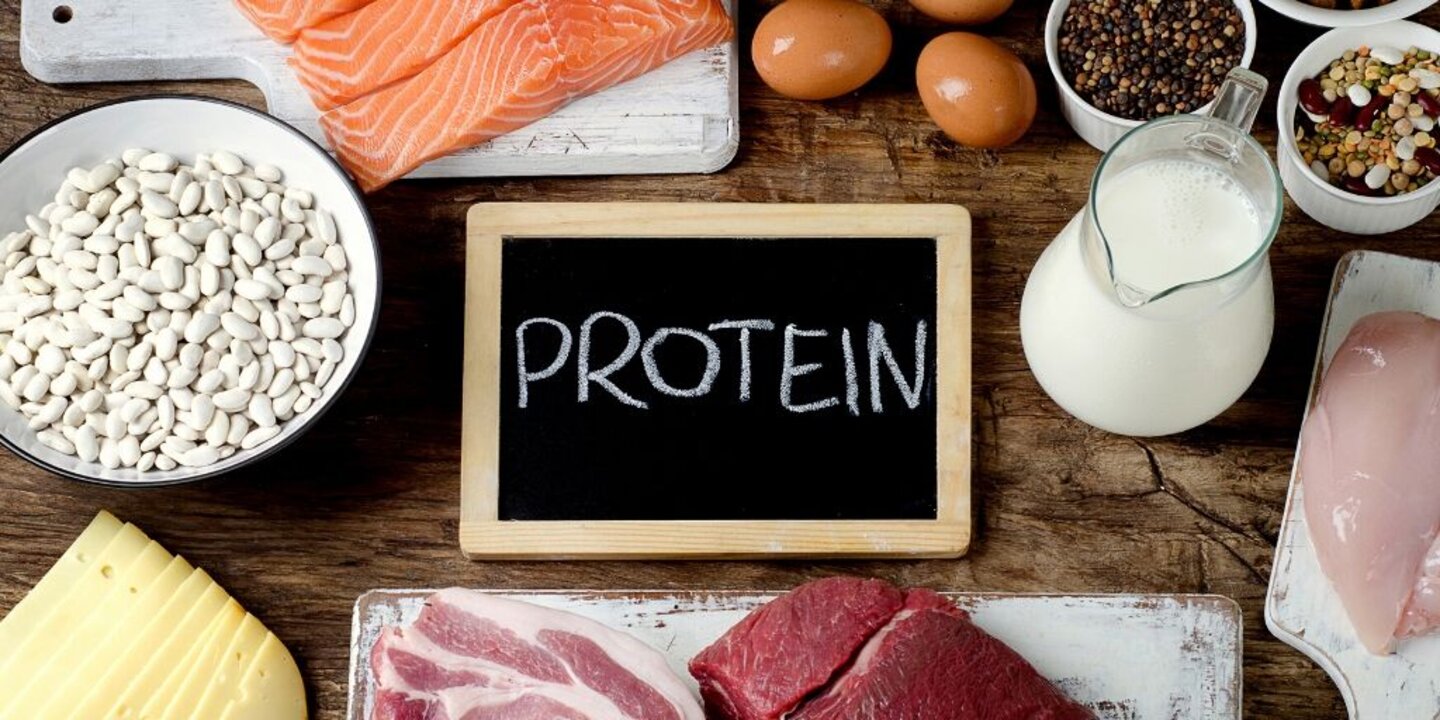
WHY PROTEIN | LOWERING COSTS | PLANT-BASED | DRY BEANS | EGGS | TIPS FOR MEATS
Why Protein?
Protein foods include both animal (meat, poultry, seafood, and eggs) and plant (beans, peas, soy products, nuts, and seeds) sources. Protein has many functions is our bodies such being building blocks for bones, muscles, cartilage, skin, and blood. The amount of protein foods you need to eat varies between 2 and 6½ ounce-equivalents each day. Most Americans eat enough food from this group, but need to make leaner and more varied selections of these foods.
Lowering Protein Costs
Protein is typically the most expensive part of a meal. There are a variety of ways that you can reduce your protein costs. Consider expanding the types of protein that you select for your family. Find protein foods throughout the entire store. They can be found in the fresh meat case, frozen foods section, dairy case, and canned and pantry food aisles. Keep reading for more tips and suggestions.
Plant-Based Protein
For many families, most meals are centered around animal sources of protein, like chicken, beef, pork, fish, etc. However, protein from plant sources can be less expensive, just as satisfying and packed with flavor. Do you need some new ideas and recipes for meals that are centered around plant-based protein sources? Here are a few quick ideas:
Dry Beans
Dry beans such as kidney beans, black beans and garbanzo beans are a great low-cost, plant-based source of protein. They can be served as the main protein source or as a companion to beef, pork, chicken, or fish dishes. Replacing some or all of the meat with beans in a favorite recipe can help stretch your protein dollar.
Eggs
No matter how you like to eat your eggs, they are full of good nutrition, inexpensive, and can be a part of a healthy diet. Eggs are a source of high-quality protein and a number of other nutrients, all for 70 calories per large egg. Not only are eggs great for breakfast but make a quick and tasty lunch or dinner.
Money Saving Tips for Meat, Poultry and Seafood
There are also many ways to reduce the cost of meat, poultry and fish such as purchasing the family-sized or value pack and freezing what you don't use. Here are a few more tips:
- The less tender cuts of beef (round, chuck, and shoulder) cost less, and are just as nutritious. Marinate, braise, or stew to make them more tender.
- For meats, compare the cost per serving NOT the cost per pound. Extra lean beef will yield more servings of cooked meat per pound than regular ground beef.
- Seafood doesn't have to be expensive. Try buying canned tuna, salmon, or sardines – they store well and are a low cost option.
Source:
All About the Protein Foods Group, United States Department of Agriculture (USDA)
This article has been peer-reviewed. It was updated in 2024.
Tags:


